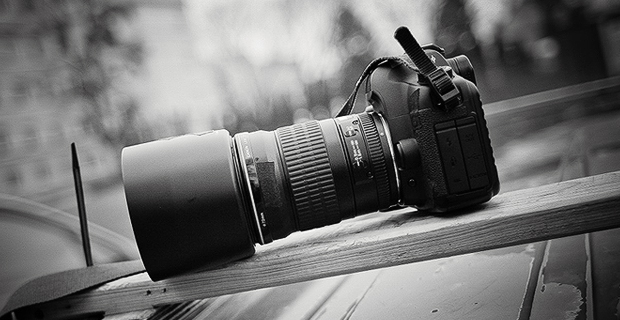 As the saying goes: A picture is worth a thousand words. But if that image is poorly lit or off subject, those 1000 words are all going to be saying the wrong things. Choosing the right stock photo for your website is about more than grabbing the least expensive option to fill a quota. Websites rely on gorgeous photography to keep readers intrigued. After all, most readers have a short attention span, and offering visual stimuli to break up the text and clarify the points in the article helps keep eyes on the site.
As the saying goes: A picture is worth a thousand words. But if that image is poorly lit or off subject, those 1000 words are all going to be saying the wrong things. Choosing the right stock photo for your website is about more than grabbing the least expensive option to fill a quota. Websites rely on gorgeous photography to keep readers intrigued. After all, most readers have a short attention span, and offering visual stimuli to break up the text and clarify the points in the article helps keep eyes on the site.
Though you may believe you’re uploading the right photos, you may accidentally be opting for the wrong choice and hurting your website’s popularity unconsciously. Check out these easy tips on the right, and wrong, ways to choose stock photos, and whether you’re showcasing last night’s dinner or revealing your 3-step plan for financial independence, you’ll have a rabid audience that reads to the end.
Learn to make money with every photo you take by Shooting for Stock Photography with Geo Rittenmyer

Do: Choose a Reputable Source
There are dozens of stock photography websites out there, but they are not all created equal. Though it’s possible to find photos in Creative Commons that are free to use, often you’ll want a shot of a more specific subject. It helps if you can email or contact the photographer to get a sense of their style and how they approach their subjects and inquire about whether they have something more specific to your needs in their unpublished catalog.
Do: Research Licensing Agreements
If you’re trying to save money by using stock photos, you must make sure that you’re using them legally. You’re not saving any money if you end up sued — and it’s important to give credit where credit is due (and required). Some licenses allow you complete freedom to use the image however you please, but others are only available under certain conditions, such as on a personal blog that doesn’t stand to gain financially from the use. When in doubt, contact the original owner of the photo — or don’t use it. Again, a reputable site will clearly state what their photos may be used for.
Do: Use Animals and/or People
Photography helps individuals feel connected to the content of an article. Using photos of people and animals instantly creates this feeling of connection. Even if you’re looking for lifestyle photos of epic backgrounds, it almost never hurts to have the suggestion of people included, such as shadows, hands or pets on leashes. Even if your website deals with finances, coding or tech materials, animals can still be useful as humorous devices or for relatability.
Don’t: Post Pictures of Random Smiling Employees
You’ll see this stock photo foul consistently on business and retail sites, but you should really try to avoid it. It comes off as phony and insincere. Even when people love their jobs, they rarely sit around with a Cheshire grin while typing or making coffee. Instead, use pictures of the product you’re selling, or more basic mood photos that communicate an emotion, idea or metaphor. Readers are savvier than you may at first guess.
Don’t: Get Too Clever
Humor is subjective, and it should be used carefully and sparingly unless you are hosting a humor site. Any image that has a wink and a nod as a premise can come off as smarmy or condescending. If you’re using a photo for marketing purposes, you’ll want to vigorously avoid both of those. And anything that relies on a pop culture reference will become dated surprisingly fast, and some readers may not even understand to what it refers.
Do: Choose For Color
One final trick for choosing photos with positive impact is picking the ones with colors that suit the theme of your website. If you employ cooler and neutral tones, make sure your images are cooler-toned as well, and vice versa. This simple trick ensures a more professional appearance instantly, regardless of the subject.
+++++
Choosing stock photos doesn’t have to be complicated, but it should require greater consideration than a simple batch download allows. Take the time to think about the message you want to send and the photos that would suggest it. From there, pick high-quality pictures from a reputable company that features people or animals and have the correct license for your end use. Once you recognize the difference, you’ll never choose poorly again.


